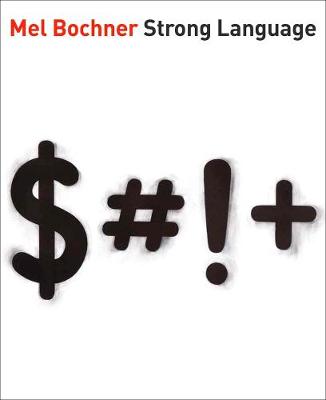The Jewish Museum New York CoPublication series (YUP)
2 total works
An important reexamination of two artists whose crucial participation in the Abstract Expressionist movement is often overlooked
This captivating book examines two modernist painters—Lee Krasner (1908–1984) and Norman Lewis (1909–1979)—whose important contributions to Abstract Expressionism have long been underappreciated. During their lifetimes, and still to this day, Krasner and Lewis received little acknowledgment as major participants in the mainstream Abstract Expressionist scene in New York. Rather, Krasner was mainly known as the wife of Jackson Pollock and Lewis, as an African American artist, struggled for recognition.
Krasner’s and Lewis’s works from the height of the Abstract Expressionist movement share many qualities, including pictographic iconographies, allusions to writing, relatively small scales, and allover patterning. From the Margins therefore imagines a kind of conversation between these two artists, juxtaposing works from each to encourage visual and conceptual dialogues. An introductory essay delves into the challenges Krasner and Lewis faced in an artistic community dominated by white men, mainly concerning issues of identity, otherness, and marginalization in postwar American abstraction. Reasserting the influence and talent of these two significant artists, this book offers a vital and much-needed addition to the existing scholarship on modern art.
Distributed for the Jewish Museum, New York
This captivating book examines two modernist painters—Lee Krasner (1908–1984) and Norman Lewis (1909–1979)—whose important contributions to Abstract Expressionism have long been underappreciated. During their lifetimes, and still to this day, Krasner and Lewis received little acknowledgment as major participants in the mainstream Abstract Expressionist scene in New York. Rather, Krasner was mainly known as the wife of Jackson Pollock and Lewis, as an African American artist, struggled for recognition.
Krasner’s and Lewis’s works from the height of the Abstract Expressionist movement share many qualities, including pictographic iconographies, allusions to writing, relatively small scales, and allover patterning. From the Margins therefore imagines a kind of conversation between these two artists, juxtaposing works from each to encourage visual and conceptual dialogues. An introductory essay delves into the challenges Krasner and Lewis faced in an artistic community dominated by white men, mainly concerning issues of identity, otherness, and marginalization in postwar American abstraction. Reasserting the influence and talent of these two significant artists, this book offers a vital and much-needed addition to the existing scholarship on modern art.
Distributed for the Jewish Museum, New York
Exhibition Schedule:
The Jewish Museum, New York
(09/12/14–02/01/15)
An engaging exploration of the use of language in a complex and colorful series of paintings
Mel Bochner (b. 1940) is celebrated as a key Conceptual artist of the 1960s. Less well-known are his paintings made after that period: complex works based on an exploration of language, often crowded with typography in lush, contrasting hues that both embrace and challenge the painterly tradition.
Mel Bochner: Strong Language focuses on this important body of work, in which Bochner investigates the lines between text and image. Ranging from bold admonishments and witty emoticons to provocative floods of words, these works demonstrate conceptual seriousness, as well as delight in the playful potential of language. Norman L. Kleeblatt discusses the evolution of Bochner's art from his early word experiments through his return to painting, while Bochner offers a personal perspective. Both Kleeblatt and Bochner address the question of Jewishness in Bochner's work, particularly the ways in which the Jewish intellectual tradition embraces language as a visual expressive form.
Published in association with the Jewish Museum, New York
Mel Bochner (b. 1940) is celebrated as a key Conceptual artist of the 1960s. Less well-known are his paintings made after that period: complex works based on an exploration of language, often crowded with typography in lush, contrasting hues that both embrace and challenge the painterly tradition.
Mel Bochner: Strong Language focuses on this important body of work, in which Bochner investigates the lines between text and image. Ranging from bold admonishments and witty emoticons to provocative floods of words, these works demonstrate conceptual seriousness, as well as delight in the playful potential of language. Norman L. Kleeblatt discusses the evolution of Bochner's art from his early word experiments through his return to painting, while Bochner offers a personal perspective. Both Kleeblatt and Bochner address the question of Jewishness in Bochner's work, particularly the ways in which the Jewish intellectual tradition embraces language as a visual expressive form.
Published in association with the Jewish Museum, New York
Exhibition Schedule:
The Jewish Museum, New York
(05/02/14–09/21/14)

